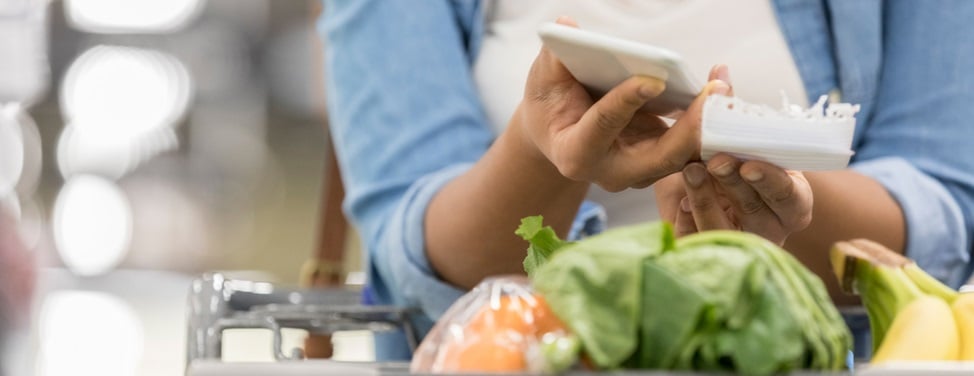
Guidelines for a Low Cholesterol, Low Saturated Fat Diet
Fat
- Limit total intake of fats and oils.
- Avoid butter, stick margarine, shortening, lard, palm and coconut oils.
- Limit mayonnaise, salad dressings, gravies and sauces, unless they are homemade with low-fat ingredients.
- Limit chocolate.
- Choose low-fat and nonfat products, such as low-fat mayonnaise, low-fat or non-hydrogenated peanut butter, low-fat or fat-free salad dressings and nonfat gravy.
- Use vegetable oil, such as canola or olive oil.
- Look for margarine that does not contain trans fatty acids.
- Use nuts in moderate amounts.
- Read ingredient labels carefully to determine both amount and type of fat present in foods. Limit saturated and trans fats.
- Avoid high-fat processed and convenience foods.
Meats and Meat Alternatives
- Choose fish, chicken, turkey and lean meats.
- Use dried beans, peas, lentils and tofu.
- Limit egg yolks to three to four per week.
- If you eat red meat, limit to no more than three servings per week and choose loin or round cuts.
- Avoid fatty meats, such as bacon, sausage, franks, luncheon meats and ribs.
- Avoid all organ meats, including liver.
Dairy
- Choose nonfat or low-fat milk, yogurt and cottage cheese.
- Most cheeses are high in fat. Choose cheeses made from non-fat milk, such as mozzarella and ricotta cheese.
- Choose light or fat-free cream cheese and sour cream.
- Avoid cream and sauces made with cream.
Fruits and Vegetables
- Eat a wide variety of fruits and vegetables.
- Use lemon juice, vinegar or "mist" olive oil on vegetables.
- Avoid adding sauces, fat or oil to vegetables.
Breads, Cereals and Grains
- Choose whole-grain breads, cereals, pastas and rice.
- Avoid high-fat snack foods, such as granola, cookies, pies, pastries, doughnuts and croissants.
Cooking Tips
- Avoid deep fried foods.
- Trim visible fat off meats and remove skin from poultry before cooking.
- Bake, broil, boil, poach or roast poultry, fish and lean meats.
- Drain and discard fat that drains out of meat as you cook it.
- Add little or no fat to foods.
- Use vegetable oil sprays to grease pans for cooking or baking.
- Steam vegetables.
- Use herbs or no-oil marinades to flavor foods.
UCSF Health medical specialists have reviewed this information. It is for educational purposes only and is not intended to replace the advice of your doctor or other health care provider. We encourage you to discuss any questions or concerns you may have with your provider.














